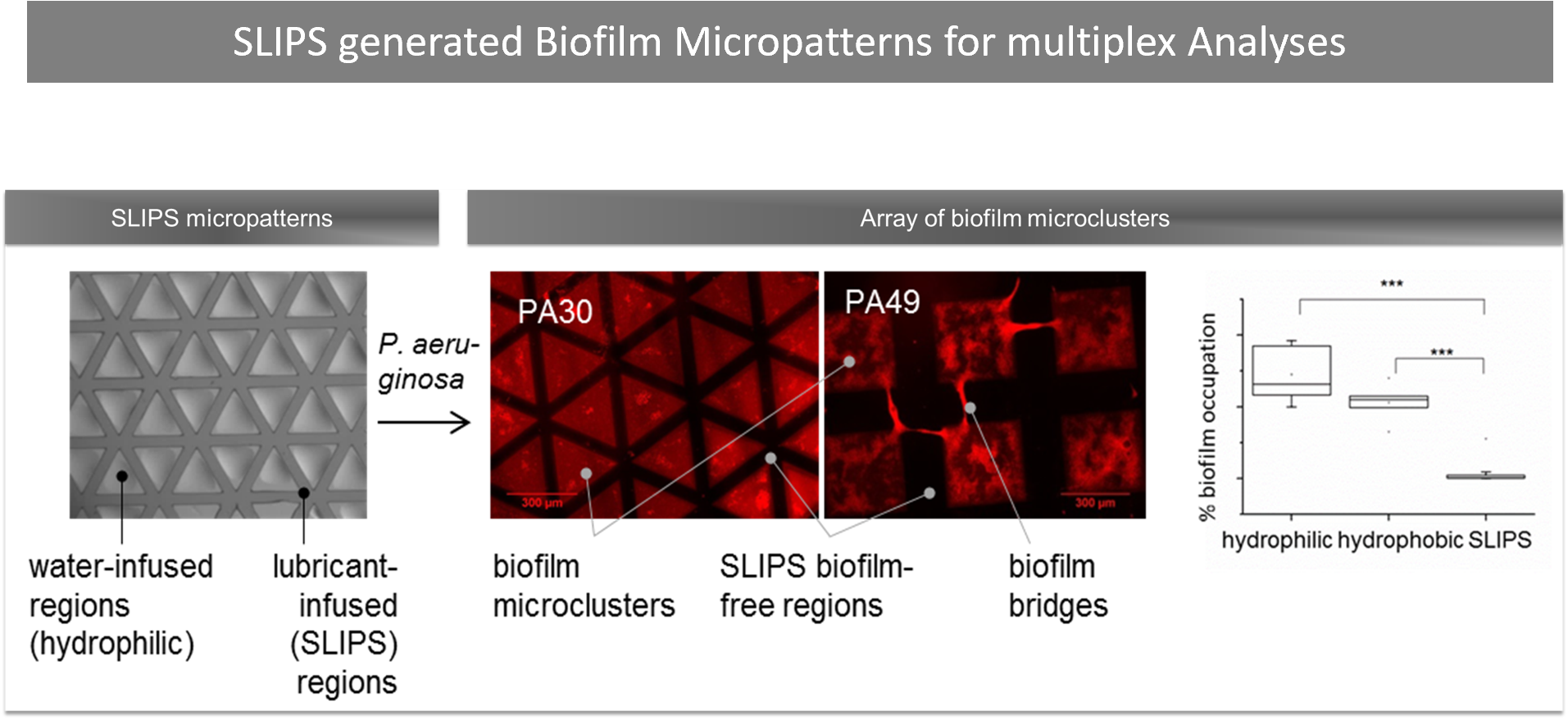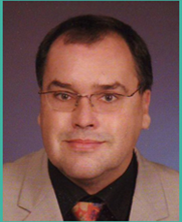Research interests within KHeaT
Already now thousands of people die every year from infections and it is estimated that by 2050 more people will die per year from bacterial infections than those who die from cancer. In order to maintain modern medical standards of care, it is a matter of urgency to develop novel strategies besides antibiotic treatment, particularly those with novel modes of action, which are less likely to suffer cross-resistance to existing drugs. An important question comes up, how to gain a deeper understanding of biofilms responding to medical drug treatment, human immune system factors, combinatory strategies to surpass high resistances mechanisms.
Recently we and the P. Levkin group developed a new method that allows us to create arrays of biofilm clusters with identical and highly homogeneous geometries and precise controllable dimensions and positions (BioFilm Microcluster Array (BiFMA)). Thus, BiFMA makes it possible (1) to look into fine structural changes that can be caused by chemical substances, stress or other medically relevant factors, (2) the generation of high numbers of identical biofilm clusters to study any micro-structural changes of biofilm communities, which is difficult to analyze using conventional methods because of the huge heterogeneity of biofilms, and (3) the analyses of biofilm dynamics (structural, functional, genetical) with exceptional statistics by using arrays of hundreds to thousands identical biofilm microclusters.


